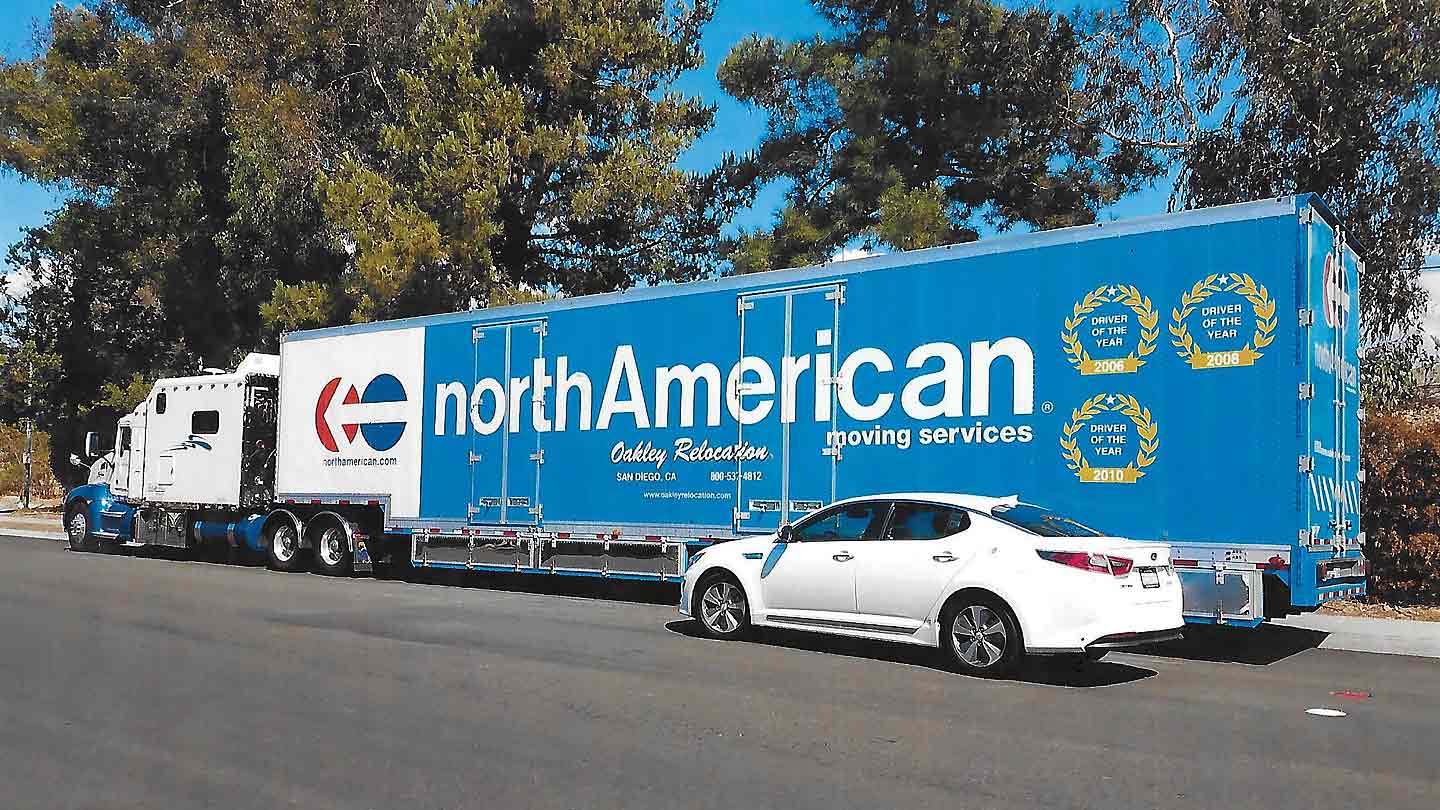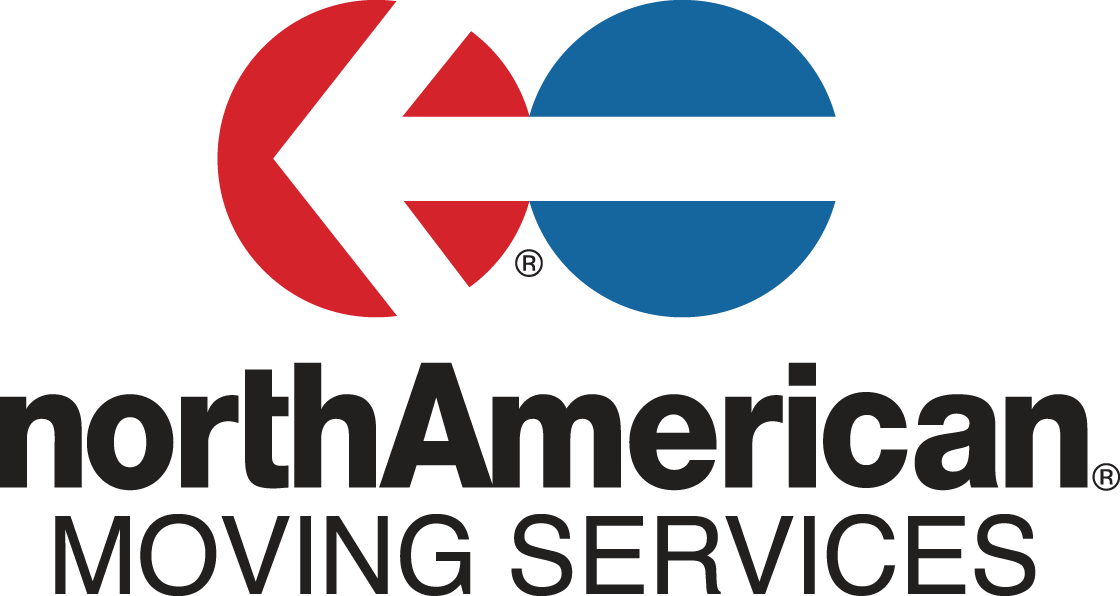This checklist can help you ensure that you’re completely moved out of your old home and ready to settle in your new one.
Clean both places: Make sure both your old and new homes are thoroughly cleaned before the move. This will make unpacking easier and ensure that you are leaving your old place in good condition.
Check the dimensions: Measure the doorways, hallways, and rooms in your new place to ensure that your furniture and appliances will fit through them. This will prevent any surprises on moving day.
Set up utilities: Make sure that utilities such as electricity, gas, water, and internet are set up in your new place before you move in.
Pack a “first-night” bag: Pack a bag with essentials you will need for the first night in your new place, such as toiletries, bedding, and a change of clothes. This will save you the hassle of searching through boxes on your first night.
Return your keys: One of the last things you’ll have to do before moving to your new home is return your old keys. You can either drop them off on your way to your new location, organize a handoff with the new tenants, or mail them to your real estate agent or landlord.





